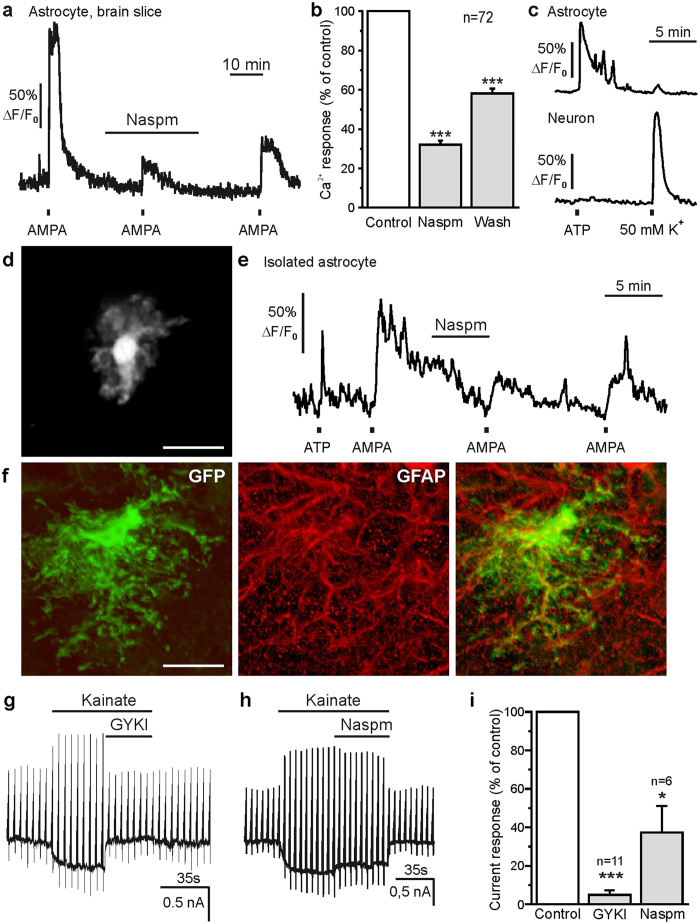Figure 3. Naspm reduces AMPA receptor-induced Ca2+ transients and membrane currents in periglomerular astrocytes.
(a) Effect of Naspm (50 μM) on AMPA-induced Ca2+ transients after incubation of brain slices in bafilomycin A1 and TTX. (b) Naspm significantly reduced AMPA-induced Ca2+ transients in periglomerular astrocytes. Wash out of Naspm led to a significant recovery of the Ca2+ response. (c) Increasing external K+ to 50 mM evoked large Ca2+ transients in neurons, but only small Ca2+ rises in astrocytes, indicating lack of voltage-gated Ca2+ influx in astrocytes. (d) Fluo-4-loaded isolated astrocyte. Scale bar: 20 μm. (e) Effect of Naspm (50 μM) on AMPA-evoked Ca2+ transients in an isolated olfactory bulb astrocyte. (f) Immunostaining of an eGFP-positive periglomerular astrocyte in an hGFAP-eGFP mouse (anti-GFP, green) and colabeling of GFAP as a marker for astrocytes (anti-GFAP, red). Scale bar: 10 μm. (g) Whole-cell current trace of a dissociated astrocyte recorded in BaCl2 (100 μM), quinine (100 μM) and cyclothiazide (100 μM). Kainate (500 μM) evoked an inward current that was entirely blocked by GYKI 53655 (100 μM), but (h) was only partly reduced by Naspm (50 μM). (i) Normalized averaged effects of GYKI 53655and Naspm on kainate-induced currents.

